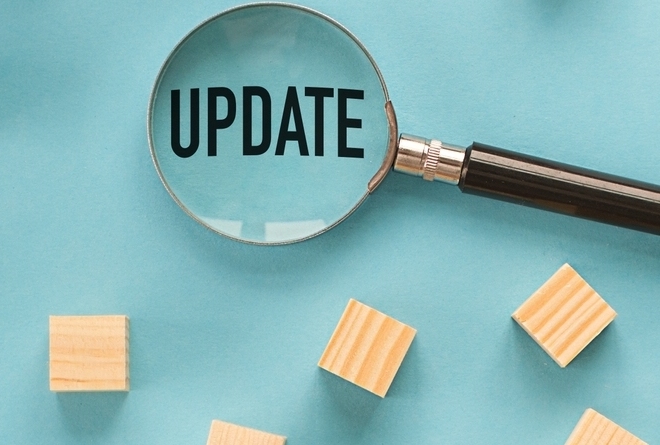The standard contribution limit for your TSP is $23,000 annually. However, if you’re 50 or older, you’re currently allowed to add up to $7,500 in catch-up contributions. This can be a valuable tool in helping those nearing retirement boost their savings.
As a result of the Setting Every Community Up for Retirement Enhancement Act of 2022 (SECURE 2.0), some TSP participants will see an increase in the amount of catch-up contributions they can make.
Beginning January 1, 2025, federal employees aged 60 – 63 will see their maximum catch-up contribution rise to $11,250, a 50% increase over the current $7,500 limit. This results in an extra $3,750 that can be socked away in their TSP, meaning they can ultimately contribute a hefty $34,250 annually. This increase won’t affect the current “spillover” method the TSP uses for catch-up contributions, meaning you won’t have to make a special election. But, since contribution elections carry over from year to year, you’ll need to adjust if you don’t want to take advantage of the higher catch-up limit.
Fast forward to 2026 and high earners (those whose wages listed in box 5 of their 2025 W-2(s) were greater than $145,00) will have to make catch-up contributions to the Roth TSP. There’s no need to set up a separate account, once you reach the annual elective deferral limit (contribution limit) your contributions will automatically change to the Roth TSP. You’ll have separate balances within one TSP account – your traditional and your Roth balance.
Contributions to your Roth TSP are deducted from post-tax earnings, so while it won’t help to lower your current tax burden, any contributions and qualified earnings withdrawn won’t be subject to taxation. And, the Roth TSP is no longer subject to Required Minimum Distributions, so you can let it grow as long as you like. To learn more book an appointment with an FRC® trained advisor.


